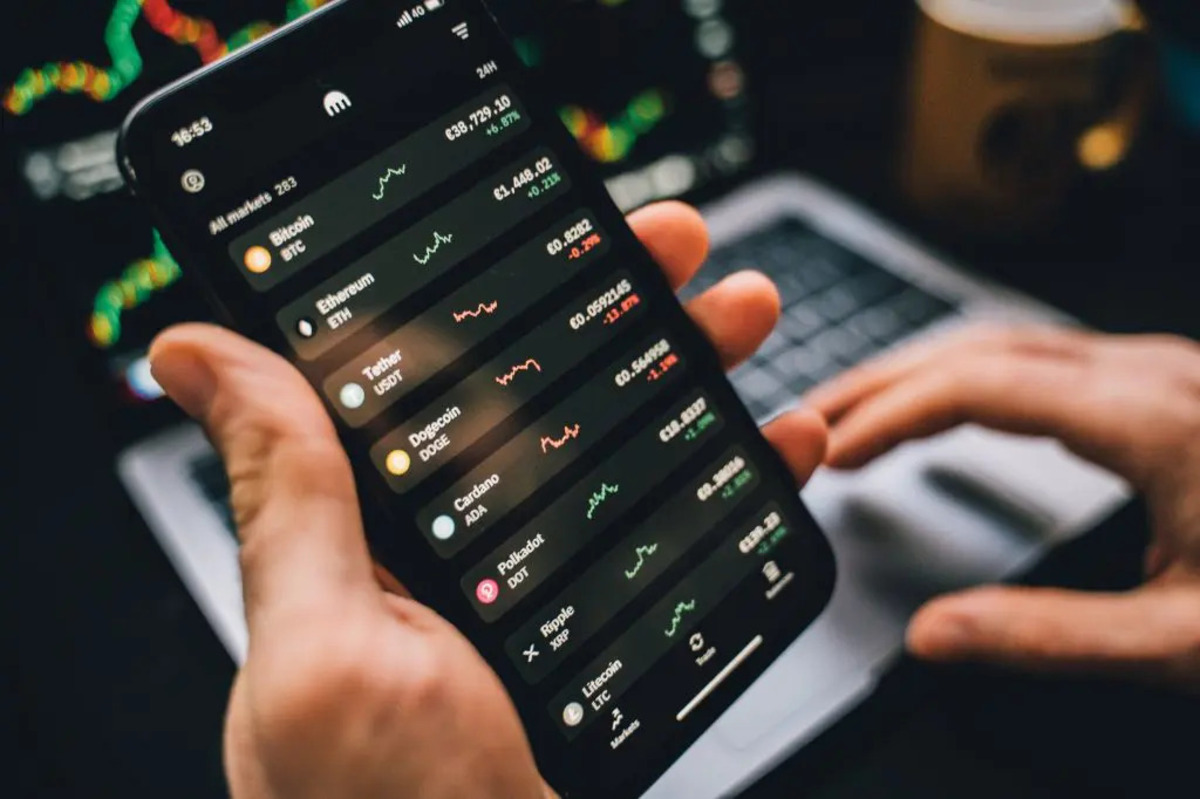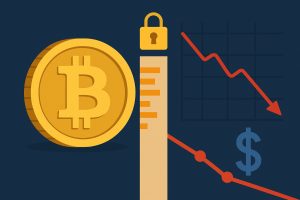Focusing on time is key to navigating the market effectively
Unlike the stock market, which opens and closes at specific hours, the Bitcoin market operates 24/7—including weekends and holidays. However, while the market is always active, price movements tend to be stronger during certain hours depending on the time zones of active traders.
When major financial centers like New York, London, Tokyo, or Hong Kong are awake, trading volume typically increases. With more people buying and selling, price fluctuations become more frequent and dramatic. Many traders monitor Live UTC clocks to track these global activity windows in real time. Conversely, when these markets are asleep, Bitcoin activity tends to slow down.
Ignoring the timing of large market activity can lead to missing sudden price moves or breaking news. Even though the market is always open, not every hour holds the same energy or potential for movement.
Adjusting Strategies Based on Market Overlap
Some of the most active trading windows occur during overlaps between major financial hubs. For example, when London and New York trading hours overlap, Bitcoin market activity surges due to the simultaneous presence of large institutional traders.
These overlaps often bring high volatility. When combined with proper technical analysis, they can provide clearer opportunities for entry or exit. Many traders deliberately align their sessions with these overlap periods to capitalize on price action and liquidity.
Staying awake 24 hours is unnecessary. What matters most is focusing on windows of high activity. This makes better use of time and avoids wasting energy during low-volume, quiet market periods.
The Impact of Time-Zoned News Releases
News emerging from countries like the United States—such as regulatory updates or economic data—can cause immediate price shifts. If these announcements happen while a trader is asleep, they may miss key moments or fail to act on time.
Asian developments can also trigger rallies or sell-offs depending on sentiment. For example, crypto-related announcements from Japan or China often impact Bitcoin prices, especially during their local morning hours.
Being aware of press release schedules, economic calendars, and government statements gives traders an edge. Knowing when key news drops allows for better preparation and faster reaction.
Aligning Risk Management with Market Timing
Market volatility isn’t constant throughout the day. Some hours bring rapid price movement, while others are relatively stagnant. Not accounting for this can lead to risky decisions and potential losses.
For traders used to low-volatility hours, suddenly entering high-volatility windows—like the London–New York overlap—can feel overwhelming. This is where timing plays a crucial role, not just in trade entries, but also in how position sizes and leverage are managed.
Many experienced traders reduce leverage during volatile hours and only increase it during stable trends. Such adjustments are only possible with proper awareness of global time zones.
Using Alerts and Automation Based on Time Zones
Not every trader can stay online around the clock. Tools like price alerts, stop-losses, and automated orders become essential—but they must be calibrated based on peak trading times.
For instance, if price action typically increases around 9 PM local time due to the U.S. market opening, setting alerts just before that window can maximize readiness. For those needing rest, automated take-profit or stop-loss orders during high-activity periods can help protect positions.
Automation isn’t just about convenience—it’s a practical solution for managing time zone challenges. With well-set alerts, there’s no need to monitor the charts all day long.
Tracking Whales and Institutional Trader Activity
Large Bitcoin movements are often triggered by whales—accounts with significant capital. Many of these entities are based in countries like the U.S., U.K., and Japan. Their active trading hours influence global price movements.
By monitoring blockchain activity or large exchange transfers, traders often notice that these align with institutional business hours. Watching these time frames closely can signal when it’s time to increase vigilance or adjust strategies.
Whales move fast, but by aligning trading habits with their hours of activity, traders can avoid being caught off guard by sudden spikes or drops. During periods of uncertainty, this awareness becomes even more valuable.
Creating a Trading Routine That Aligns with Market Hours
Trading consistency isn’t just about having a solid strategy—it also depends on developing a routine. A well-structured schedule helps build discipline, but it’s most effective when aligned with global market timing.
If the most dynamic market movements happen at night due to U.S. activity, it may be wise to reserve that time for analysis or trade execution. Mornings, when the market is calmer, can be used for reviews or journaling.
A balanced routine that includes focused trading hours and rest helps traders make sound decisions. Time awareness is not only about profit—it’s also a pillar of mental well-being.
Responding to Sudden Market Shifts from Abroad
Sometimes, even when one region is asleep, major price action occurs due to developments elsewhere. A financial crisis in Europe, for instance, could drive up Bitcoin demand as an alternative asset.
Understanding when unexpected global events typically occur helps traders anticipate and monitor sentiment-shifting news more effectively. There’s no need to guess when the next move will come—timing offers clues.
Keeping track of global time zones provides a broader perspective. Instead of focusing solely on local hours, traders gain a panoramic view of market behavior and global catalysts.
Timing Social Media and Sentiment Signals in Real Time
The crypto community thrives on social media platforms like X (formerly Twitter), Reddit, and Telegram. News, leaks, and market reactions often surface here first—but timing plays a major role in visibility.
During U.S. prime time, crypto discussions on Twitter spike. In Asia, forums are active in the afternoon. Failing to monitor sentiment during peak hours can delay important market insights.
Reading the social feed at the right time is like tuning into the news when it matters most. Waiting until morning might be too late. Incorporating global timing into daily habits sharpens a trader’s ability to act with precision.
A Calmer Strategy Through Better Timing
Bitcoin is inherently volatile—but that doesn’t mean constant screen-watching is required. Understanding time zone dynamics allows traders to focus only on the hours that matter most.
When familiar with the patterns of global activity, traders can plan with more clarity and execute without rushing. There’s no need to react to every move—just choose the moments that carry weight.
Every Bitcoin move comes with timing. And that timing is global. Mastering it leads to more stable decisions and a stronger stance in the ever-changing crypto market.
















No Responses